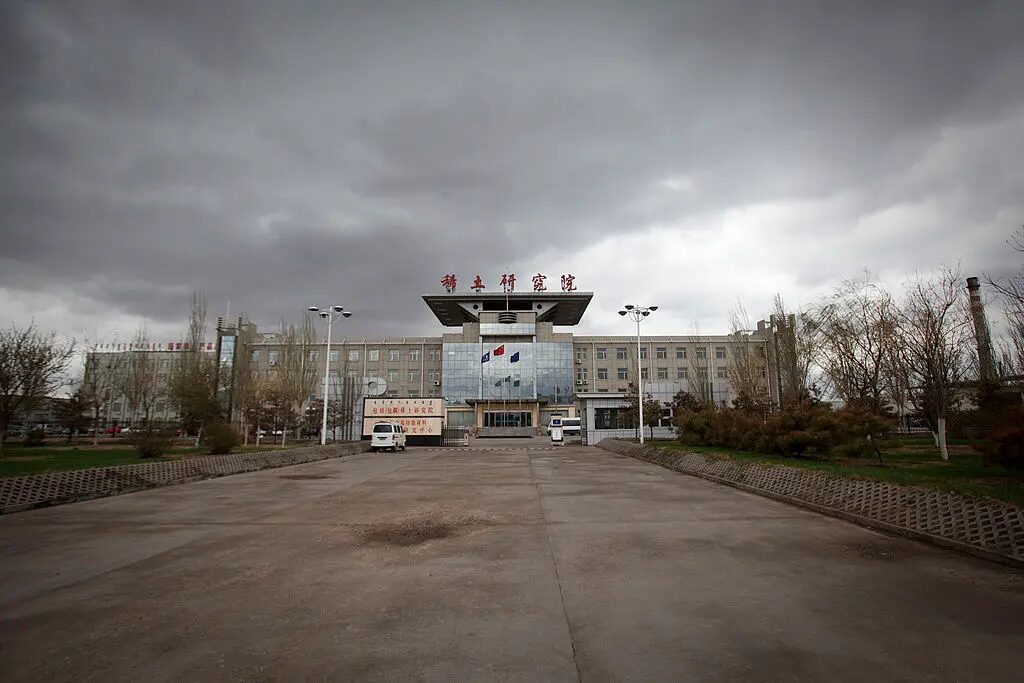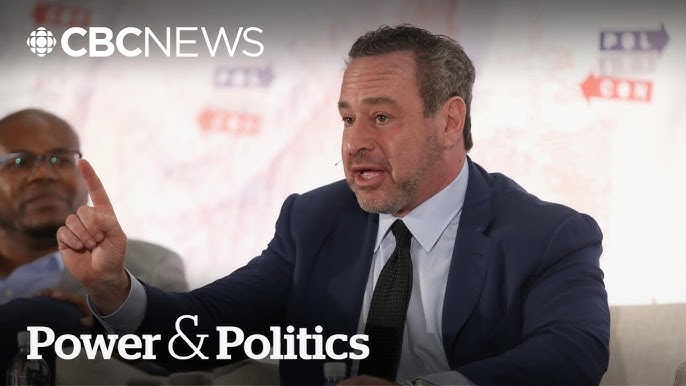By David Frum
The tally of Russia’s material destruction in Ukraine reached $63 billion on March 24. The Kyiv School of Economics estimates that “at least 4431 residential buildings, 92 factories/warehouses, 378 institutions of secondary and higher education, 138 healthcare institutions, 12 airports, 7 thermal power plants/hydroelectric power plants have been damaged, destroyed or seized in Ukraine” by Russian forces.
This figure—now almost three weeks out of date—is likely a serious underestimate of the damage done to Ukraine following Russia’s invasion. Whatever the true figure is, it is a climbing target. Russia smashes homes in Ukraine every day. As economic activity ceases and combat costs mount, the war has plunged the Ukrainian government’s budget catastrophically deep into deficit, perhaps $7 billion a month, according to a person with knowledge of the situation who asked for anonymity because of the sensitivity of the figure.
Even now, at this maximum moment of global sympathy, international assistance to Ukraine is falling far short of its needs. The Biden administration seems determined to dribble aid in increments—most recently it announced $500 million more—even as the war costs hundreds of millions of dollars a day.
Ukraine needs both large, immediate infusions of cash aid to help with social and military costs now, and a promise of early and full reconstruction in partnership with Western allies.
Emergencies are the hardest time to do long-term planning. Yet during an emergency is when such planning may be most needed. Ukraine and its Western allies need to start thinking about both the country’s immediate economic survival and its future economic reconstruction. The project’s ultimate cost may be uncertain (although perhaps not; more below on that). But this is the moment for the world to commit to the measures needed to cover that cost.
Ukraine’s allies can begin by immediately imposing a special excise tax on Russian oil and gas exports. Those exports are not yet subject to Western sanctions and may never be. Fossil-fuel prices have rocketed: Europeans bought a record $755 million worth of natural gas just on March 2 from Russia. Russian oil-and-gas earnings for 2022 are on track to exceed $320 billion, more than one-third higher than in 2021. Since the start of fighting in late February, the European Union has paid Russia 35 times more for energy than it has given Ukraine in aid, the EU’s top foreign-policy official said in a speech to the European Parliament on April 6.
Tax Russian oil and gas now. Tax it, and pay the money to Ukraine to offset the costs of war, to support social services, and to begin reconstruction. At first, the tax will fall mainly on European buyers. But new supply is coming to Europe: from the United States as liquefied natural gas, from Algeria via the Trans-Mediterranean Pipeline, from Norway through increased production, and from farther afield: Qatar and Azerbaijan. As the new supplies become available, Russia will be pushed to absorb more of the burden of the tax itself, or else lose market share to untaxed competitors. Green substitution can also help. New, renewable sources of energy for Europe won’t come online this spring. But if Russia digs in for a long war of attrition in eastern Ukraine, those sources will change the supply-demand outlook, and redirect Russian energy revenues to the Ukrainian treasury.
An excise tax on Russian energy exports could be left in place even after the war ends. Alternatively, as part of a peace settlement, the tax could be lifted—and other sanctions ended—in return for Russia transferring an equity stake in its gas fields to Ukrainian ownership. With BP and other Western players exiting the Russian market, the Russian state and its supporters will gain a windfall, acquiring at discount prices the assets jettisoned by foreign investors. That windfall could be redistributed to Ukraine to compensate for the damage done by Russia’s aggression, by assigning a Ukrainian sovereign wealth fund a certain percentage share in Russian energy producers or Russian oil and gas fields.
Ukraine could also be compensated out of Russia’s blocked assets at Western central banks. Hundreds of billions of Russian dollar and euro holdings have been frozen by the Federal Reserve and the European Central Bank. Outright confiscation would raise legal difficulties. But a payment by Russia to Ukraine could be negotiated as part of the settlement to unfreeze the remainder of the assets when the war ends. Ukrainian families that lost loved ones to Russian aggression and atrocity could also receive payment from the frozen Russian funds.
Nobody should over-rely on the potential of reparations from Russia. Russia will likely be a poor enough place itself after the war, and the war may end as a frozen conflict, without a political or financial settlement. Ukraine’s Western allies will have to step up.
That step-up, however, may prove not a burdensome gift to charity but a mutually beneficial investment. A useful comparison might be Italy’s huge contribution to European growth in the late 1950s. Before the ’50s, Italy had long lagged behind France and Germany. Between 1958 and 1963, Italy’s industrial output peaked at an annual rate of more than 10 percent. Italians sold more than they ever had to their neighbors, and could afford therefore to buy more from them, widening and prolonging the postwar boom across all of Western Europe.
If reconstruction plans are readied now—if financing mechanisms are instituted in this period of strong political will—then Ukrainians in exile will gain confidence to return to their homeland after the war. Ukraine could lead the way on green housing and new transit systems. The economic stimulus would be felt across Europe. A strong, prosperous postwar Ukraine would serve as more proof of the power and appeal of democracy, European integration, and open trade.
Institutional reforms will be needed in Ukraine to ensure that reparations are used wisely, and protect them from internal corruption and predation. The Swedish economist Anders Aslund told me he believes that Ukraine could overcome the deficiencies of its judicial system by opening new trade courts, staffed by foreign judges who earn international salaries but apply Ukrainian law. The promise of a truly transformative postwar economic package could induce Ukraine to accept truly transformative political change.
Rebuilding Ukraine is likely to be the biggest European project since the absorption of East Germany by the West in the 1990s. The Kyiv School of Economics’ $63 billion figure is based on a tally of the value of what has been destroyed. But when a Russian missile demolishes a Soviet-era apartment block, what matters for the future is not the value of that block. What matters is the cost of rehousing the same number of people in homes that meet modern standards. If an ancient coal-fired power plant is bombed, what matters for the future is not the value of the old plant, but the cost of bringing an equivalent amount of green energy online from new facilities.
Natalie Jaresko, the former finance minister, offered this rule of thumb for thinking about the damage. The destruction wrought in Puerto Rico by Hurricane Maria totaled perhaps $90 billion, or even more. Puerto Rico has a population about one-14th that of Ukraine, concentrated in dramatically smaller territory. And hurricanes are easier to recover from than wars: Hurricanes may knock down buildings, but they do not leave land mines behind.
Pre-Maria Puerto Rico was an island predominantly of single-family housing. An insurer or the government could write a homeowner a check, then leave the owner to rebuild on his or her own. Replacing Ukraine’s multifamily-housing stock will require a lot more coordination, especially because many Ukrainians will live in different parts of their country after the war is over.
The ravaged city of Mariupol, for example, earned its living from Europe’s largest steelworks, a huge Soviet-era complex that employed thousands of people directly and many more indirectly. The docks and port facilities that transported the steel were also important employers. The steel mill has been wrecked, leaving behind many environmental hazards. Before the war, Mariupol was home to about 450,000 people. How many of them will want to return to a polluted city without jobs only 60 or so kilometers from the Russian border? Meanwhile, Kyiv will need not only thousands of replacement homes but thousands more new ones, as will the city of Lviv, in the west, where so many Ukrainians have sought refuge from Russian violence.
The internal displacement to Lviv anticipates another huge postwar challenge for Ukraine: reorienting its economy from Russia-facing to Europe-facing. The former Soviet Union used a different rail gauge from the European standard: 1,520 millimeters wide on the Soviet side of the line, compared with 1,435 millimeters to the west. That difference helped defeat Hitler in 1941, because German railcars could not run on Soviet tracks to supply the Wehrmacht. But Soviet rail gauges raise a barrier to trade between Europe and post-Soviet Ukraine. Very possibly, the country’s entire rail network will have to be changed to the narrower European gauges in order to reorient Ukraine’s trade toward the EU’s major ports of Rotterdam, Antwerp, Hamburg, and Bremen. Highways and bridges damaged by the war will also have to be replaced—and the road network likewise expanded and reoriented.
At the beginning of the war, Ukraine severed its electrical-grid connections to Russia and switched over to the European Union grid. Connections to the European Union grid will have to be improved and modernized to ensure robust and resilient energy for homes, factories, and farms. Ukraine generates about half its power from 15 still-functioning Soviet-era nuclear reactors. Too much of the remainder comes from coal. Ukraine has abundant opportunities to generate wind and solar power, but during the period of reconstruction, it may need to import much more electricity from EU partners than it did before the war. Russian bombing has smashed up residential and industrial sewage systems, spilling hazards and toxins. Coal mines have been flooded, threatening to pollute neighboring communities with runoff. For postwar Ukraine, environmental cleanup will not be a bonus or an accessory of growth; it will be a precondition.
On March 20, the government of Ukraine released a video offering a preview of what could await on the other side of this terrible, needless war. “There will be new houses. There will be new cities. There will be new dreams. There will be a new story.” The images accompanying the video were strikingly non-Soviet: glimpses of quaint 19th-century city squares and ultramodern new construction, green parks and golden churches. Putin’s war has slashed the long emotional and cultural connection between Ukraine and Russia. It may also have decisively propelled Ukraine forward from its Soviet past to its European future—if the country and its allies can think big enough, soon enough.







